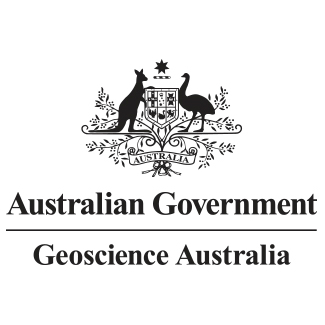Brief description
In September and October of 2011 Geoscience Australia surveyed part of the offshore northern Perth Basin in order to map potential sites of natural hydrocarbon seepage. The primary objectives of the survey were to map the spatial distribution of seepage sites and characterise the nature of the seepage at these sites (gas vs oil, macroseepage vs microseepage; palaeo vs modern day seepage) on the basis of: acoustic signatures in the water column, shallow subsurface and on the seabed; geochemical signatures in rock and sediment samples and the water column; and biological signatures on the seabed. Areas of potential natural hydrocarbon seepage that were surveyed included proven (drilled) oil and gas accumulations, a breached structure, undrilled hydrocarbon prospects, and areas with potential signatures of fluid seepage identified in seismic, satellite remote sensing and multibeam bathymetry data. Within each of these areas the survey acquired: water column measurements with the CTD; acoustic data with single- and multi-beam echosounders, sidescan sonar and sub-bottom profiler (sidescan not acquired in Area F as it was too deep in places); and sediment and biological samples with the Smith-McIntyre Grab. In addition, data were collected with a remotely operated vehicle (ROV), integrated hydrocarbon sensor array, and CO2 sensor in selected areas. Sampling with the gravity corer had limited success in many of the more shallow areas (A-E) due to the coarse sandy nature of the seabed sediments. This dataset comprises total chlorin concentrations and chlorin indices from the upper 2 cm of seabed sediments.Lineage
Maintenance and Update Frequency: asNeededIssued: 2014
text: westlimit=112.7662; southlimit=-29.4508; eastlimit=114.74; northlimit=-27.3208
User Contributed Tags
Login to tag this record with meaningful keywords to make it easier to discover
Download the file (xls) (File download)
uri :
https://d28rz98at9flks.cloudfront.net/78804/78804_Chlorins_v2.xls![]()
- DOI : 10.4225/25/54B8639C694E1

- URI : pid.geoscience.gov.au/dataset/ga/78804

- global : efd51b52-d7e9-6b16-e044-00144fdd4fa6


